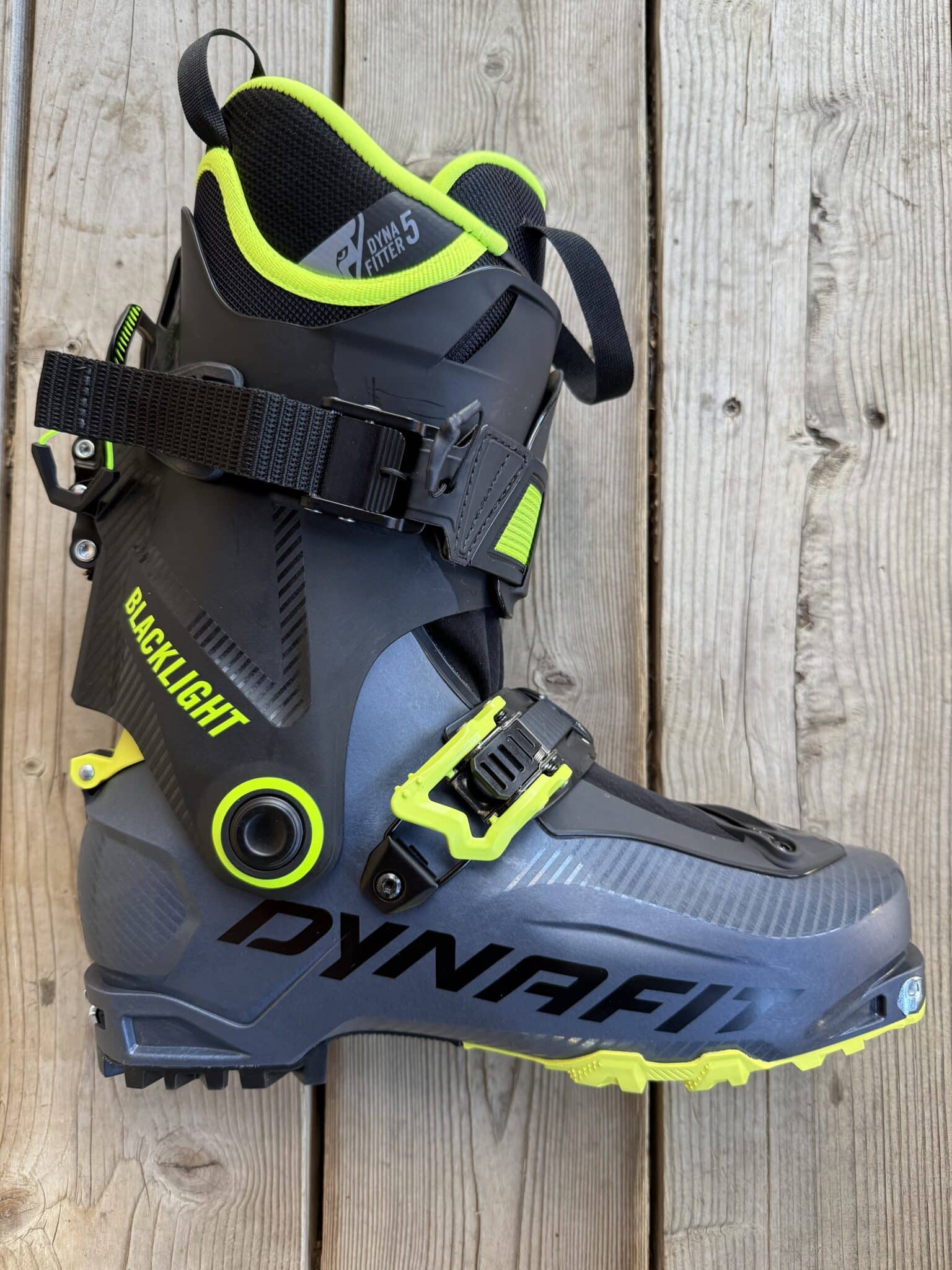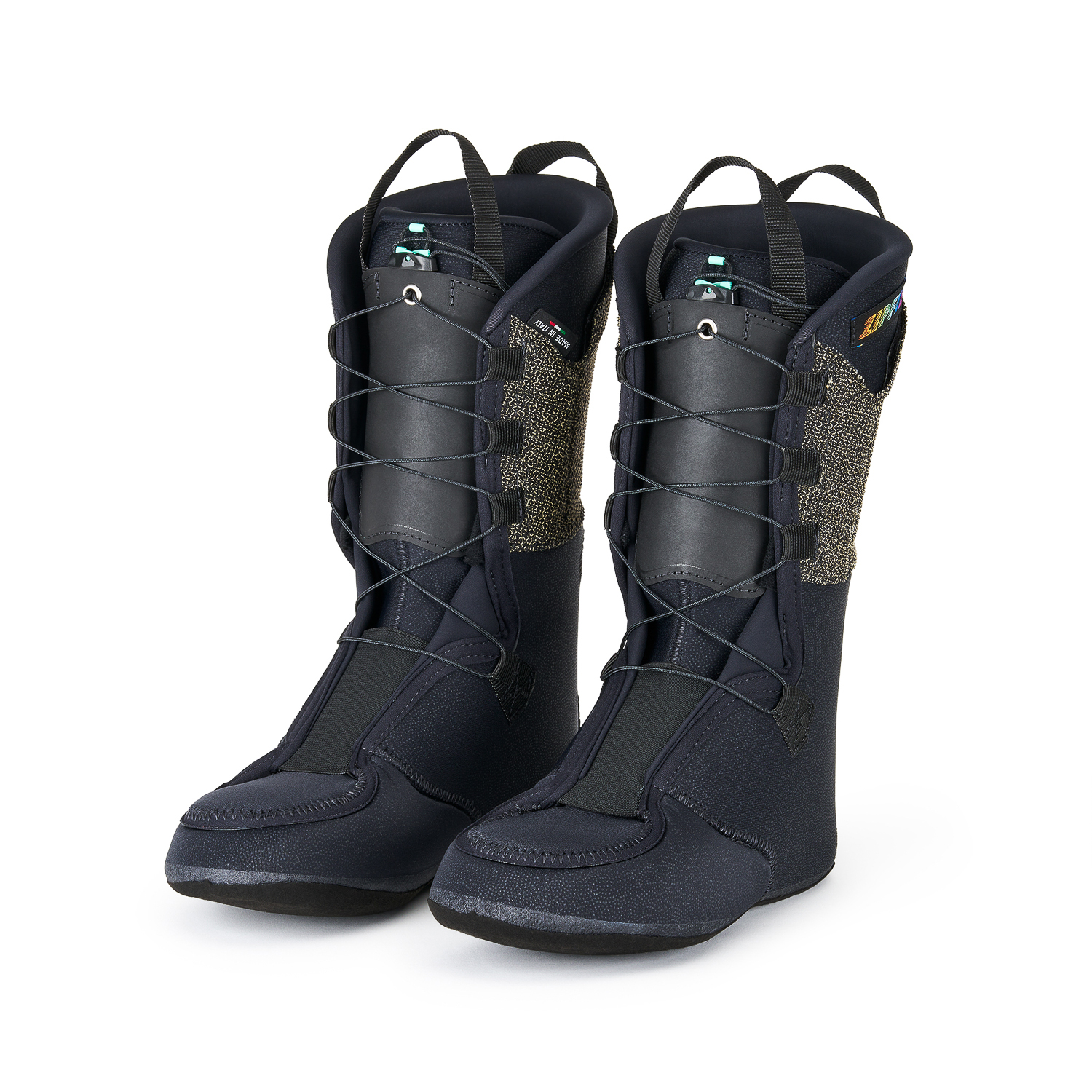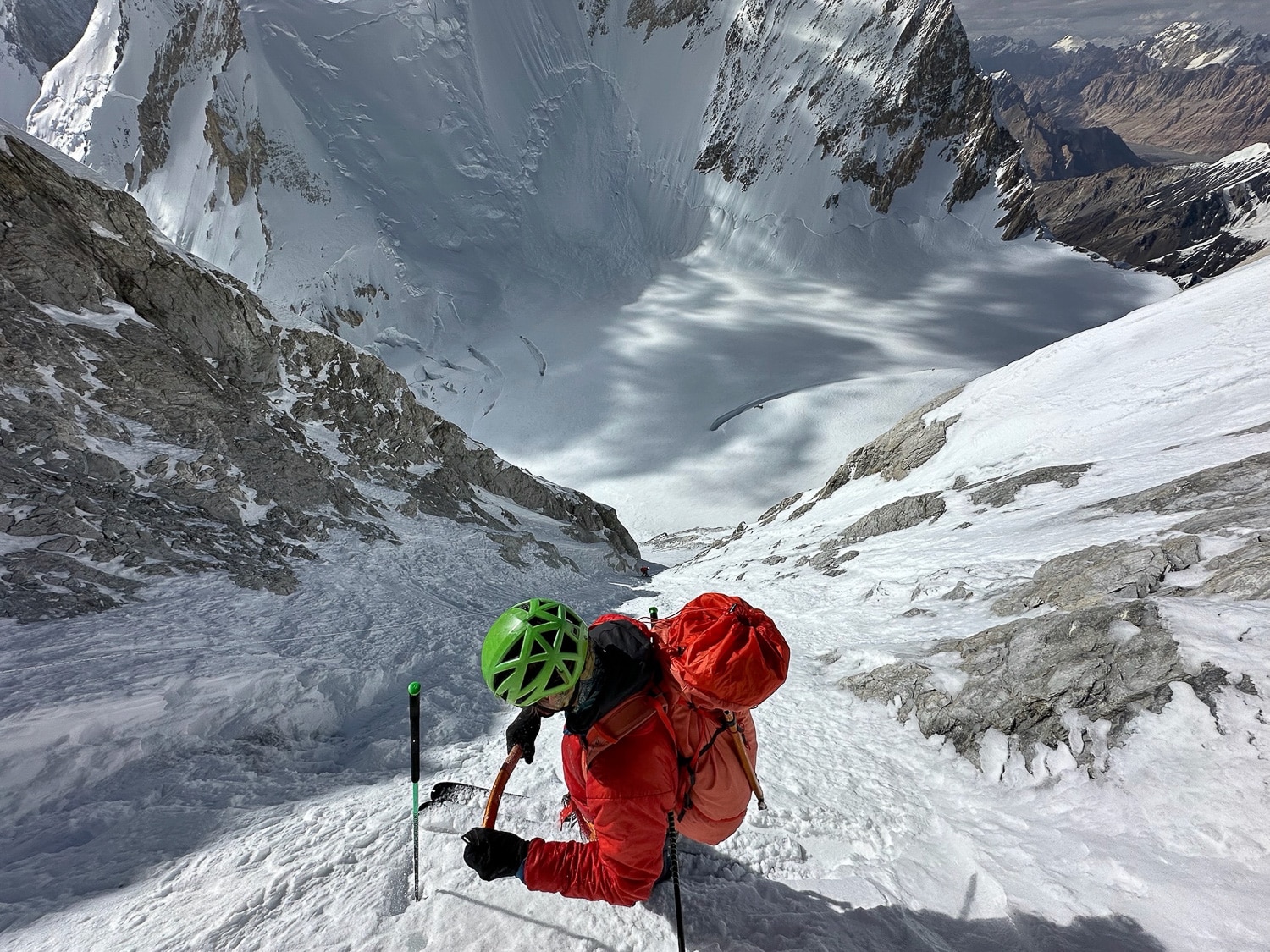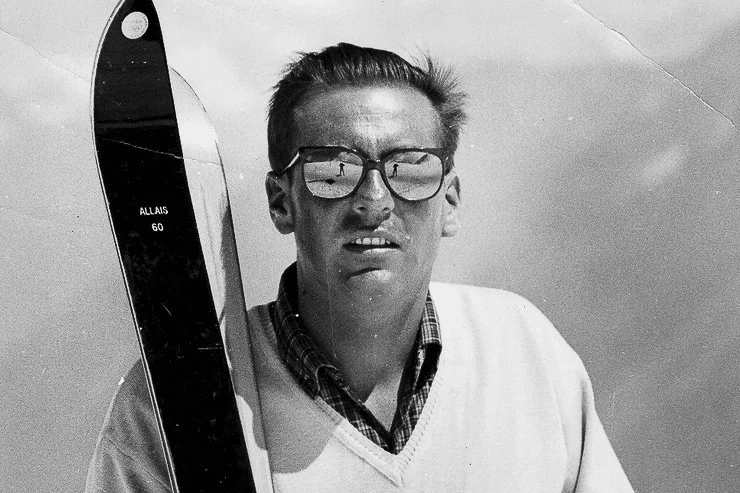The first thing that everybody should know is that there’s a room full of highly trained scientists sorting through all the weather models and all the data coming out from the National Centers of the Weather Service, Europe, and Canada. The idea behind the first step in the SkiPig workflow is just looking at the forecast by point and clicking on wherever you’re going. You’ll get a general idea of what the weather will be like that day. Instead of trying to dig into model data yourself, know that people have already done that at a high level.
Read part I of the skipig.org weather forecasting workflow here.
Point & Click Location
The High Route: If we use Missoula as our point-and-click location, our point forecast, so to speak, what are you gleaning here? Just basic temperature expectations, wind, and precip type things?
Joe Messina: Yeah, the things you’re looking for as skiers are exactly those things, wind, and precip, depending on the season. So midwinter, looking at precip and wind. And then, as you get into the spring, you will begin paying more attention to sky cover, solar radiation, and warming temperatures.
THR: The next item in your workflow is the forecast discussion. And I know that local NWS forecast pages do have a link to the forecast discussion. Sometimes it just takes a moment to locate it.
Messina: If you go down to the bottom of the page, you’ll see a bunch of links. One is the forecast discussion. Click on the link, and you are directed to a written product — it is all text, there’s no fancy graphics or images.
The important part of reading the forecast discussion is the forecaster’s opportunity to explain what they’re thinking. And it’s a great place for forecasters to put in areas of uncertainty or lower confidence in the forecast.
The Forecast Discussion
THR: I’m familiar with forecast discussions and find them great tools. But I’m curious about the language forecasters use. For example, in places where they may be less confident in the short or long-term forecast, do they routinely use terms like “we lack the confidence” or “there’s disagreement in?”
Messina: Exactly. As you get further out with the forecast, you’ll read things like, the forecast is this or that, our confidence is low, or our confidence is high for a certain weather event to happen. One thing the National Weather Service is moving towards is using probabilities. Instead of saying an event is likely or unlikely or high or low confidence, they place a numerical probability on a weather event.
THR: Ok, so when the NWS uses terms like “lower” and “higher” probability, do they correlate to a numerical expectation? And that specific probability, the numerical expectation, isn’t necessarily written in the forecast discussion?
Messina: A lot of social science has shown that using only terms like “likely” or “unlikely” might mean different things to different people. When I say “likely,” I intend for it to be interpreted this way: it’s likely to happen, meaning an 80 to 85% chance of something happening. Someone reading that word might take it as a 99% or 95% chance that something will happen. The National Weather Service is trying to align the language in the forecast discussion to make sure everything is clear about probabilities.
THR: I think I have this correct, but the National Weather Service produces regional forecast discussions; they are not specific, for example, to a single zip code or a small set of zip codes.
Messina: The National Weather Service is split up into County Warning Areas, but in layperson’s terms, it is a forecaster’s area of responsibility.
The discussions are really broader regional discussions.
Yes, the forecast discussions are totally regional. A forecaster will write a forecast discussion for their entire area of responsibility, but they will also highlight the significant weather events or features. For example, If a snowstorm is coming to a specific pass or mountain range, that will likely be highlighted in the forecast discussion.
THR: I enjoy forecast discussions because they push my comfort zone regarding terminology. If I don’t understand a dynamic that’s being described, it’s an opportunity for me to look that up to see what they’re talking about. What do you recommend for people that are used to letting their phone app do the work but want to get into reading and deciphering the forecast discussion? Is there a tool you recommend to get up to speed on meteorological terms?
Messina: There’s the AMS or American Meteorological Society glossary. That’s where you’ll find all the terms used in the forecast discussion. There’s another really good website, Haby’s Weather Forecasting Hints. He does a good job explaining many terms in somewhat layperson terminology.
The Avalanche Center Mountain Forecast
THR: Missoula, for example, is a small avalanche center that also posts a mountain weather forecast. And some avalanche centers, NWAC comes to mind, have meteorologists on staff. How do you fold the avalanche center mountain weather forecast into your workflow? And what information do you look for that’s more specific than the information delivered in a specific point forecast and the broader forecast discussion?






Leave a Reply
You must be logged in to post a comment.